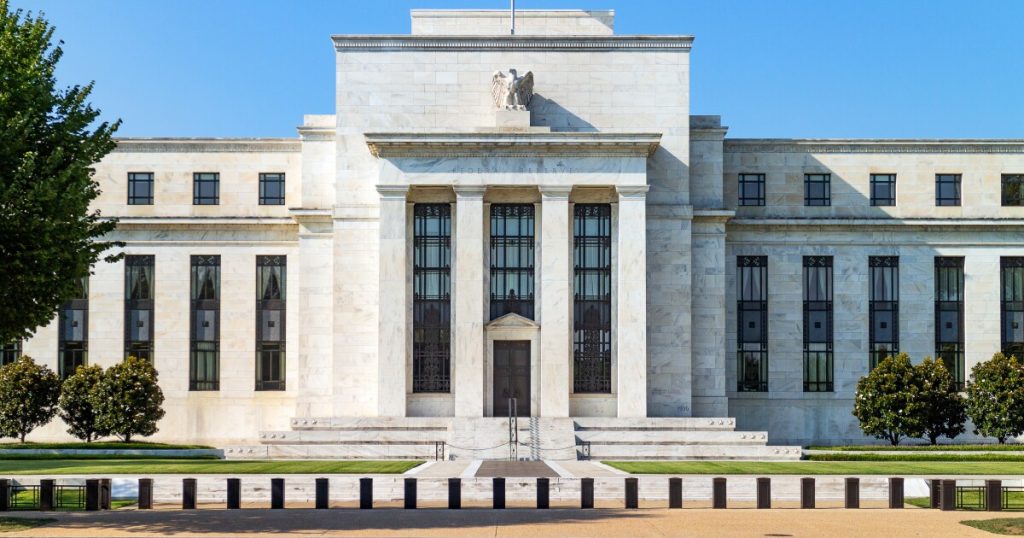Adobe Stock
One area the current administration
Successfully achieving these reforms will take strong organizational skills, as well as legislative adeptness to secure congressional “buy in.” This type of streamlining is not a new or partisan idea — Congress seriously considered it in the early 1990s, with the Clinton administration pursuing it vigorously in 1993 and 1994. At the time, the idea had broad bipartisan support from both House and Senate Republicans and Democrats.
But these consolidation efforts faltered due to agency turf battles, which exacerbated industry nervousness over the changes — particularly fears that the OCC was too tough a regulator. It was clear then, as it was in 2007 when the Office of Thrift Supervision was dissolved and its powers split among the OCC, Fed and FDIC, that legislative action is necessary for meaningful reform but is hard to achieve.
Today’s effort shares many of the same benefits and challenges as previous consolidation efforts. It comes as the FDIC faces well-publicized cultural issues that have drawn serious congressional scrutiny. Proponents argue the plan would simplify the current framework, enhance safety and soundness, and create a more-efficient, less-costly supervisory system. However, agency lobbying — both behind the scenes and from banks and community groups — could derail it. A legislative victory would likely require direct presidential involvement, and it’s unclear whether the president is willing to invest the time and political capital needed to push it through.
Moreover, the emerging proposal avoids the “elephant in the room.” Much of the complexity in bank supervision stems from the Fed’s overlapping oversight — layered on top of state-chartered member banks and national banks, which the OCC has primarily supervised since 1863.
The Fed’s supervisory structure is complex, involving the 12 regional reserve banks as well as the board of governors in Washington. While it might make sense to allow the Fed to serve as the primary federal regulator of state-chartered entities — emphasizing the principles of federalism — its role within the broader regulatory framework remains debated. The Fed’s supervision of bank holding companies, combined with its backup authority, effectively creates a second regulator over the national banking system overseen by the OCC. The administration’s current proposals would likely address the third and fourth layers of bank oversight by the FDIC, and, to some extent, the CFPB.
Even Fed Chairman Jerome Powell has recently acknowledged flaws in the Fed’s current supervisory structure. He has pointed out that the Fed vice chair for supervision role creates huge swings in supervisory priorities, which can destabilize the system. And the fragmented nature of bank supervision — with regional Federal Reserve banks and the board in Washington — make for regulatory complication. Some reserve banks supervise one way, others another, and not always in a way that is consistent with the board’s broader objectives, let alone the approaches of the other federal banking regulators.
While some argue that FDIC and Fed backup authority enhances financial safety, and the same for CFPB oversight and compliance, the recent failures of Silicon Valley Bank, First Republic and Signature Bank demonstrate otherwise. Their failures, notwithstanding increased oversight, nearly triggered a meltdown. Moreover, it is not clear the CFPB’s contributions have materially improved — or improved at all — bank compliance beyond existing regulatory efforts.
Beyond these failures, a case can be made that the Fed and FDIC backup authority adds little. For example, pre-Dodd-Frank, the Fed’s holding company authority allowed it to address many of the same problems that “backup authority” would have addressed during the 2007 to 2008 financial crisis. A careful look at the history of the crisis makes the case for the efficacy of backup authority a hard one to make.
While agency consolidation may offer resource savings and improved supervision, its impact on regulatory standards depends on effective management and administration. This key issue remains undiscussed. Yet, even with consolidation, the regulatory imbalance between banks and nonbanks creates a significant challenge to safety and soundness, requiring ongoing agency vigilance and potentially more resources.
This imbalance raises a fundamental question: Why should regulatory standards vary simply based on charter choice? Worse, when un- or under-regulated providers debase marketplace safety and soundness, the impact spills over to regulated banks. This happens in two key ways: first, by forcing banks to lower their own standards, at least somewhat, to compete; second, through nonbank firms stealing higher-quality customers, leading to compressed margins.
Indeed, regulatory reform in the financial services system is long overdue. Beyond any cost savings it might create, it could increase the quality of supervision. The country has been long in need of a more coherent supervisory mechanism for institutions offering financial services whether they have a bank charter or not. Complication, excess and lack of clarity do not make the supervisory system safer or better.
While I strongly support regulatory simplification and reducing excessive complexity, I am well aware that entrenched regulatory turf battles and the short-term allure of arbitrage make meaningful reform unlikely. The pressures to maintain the status quo remain powerful, making the path to a more efficient and balanced supervisory system a challenging one.

